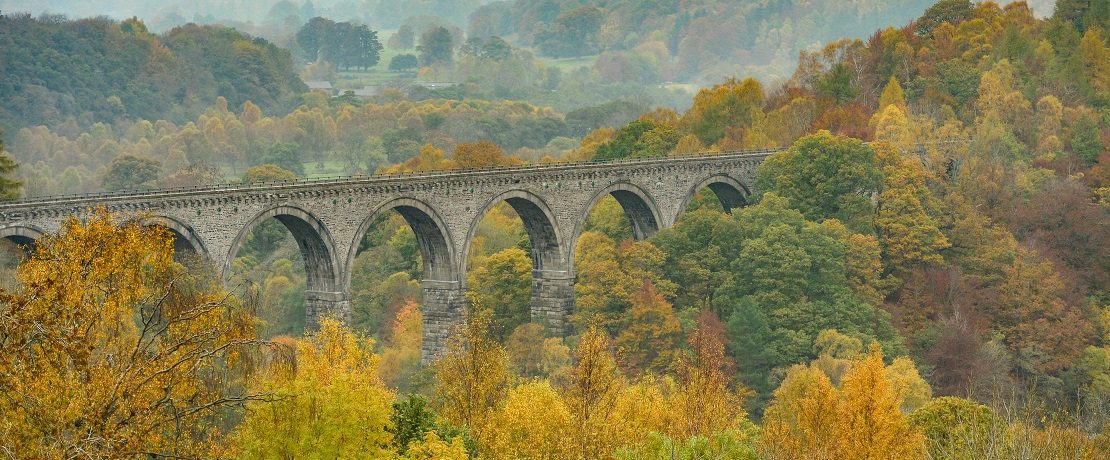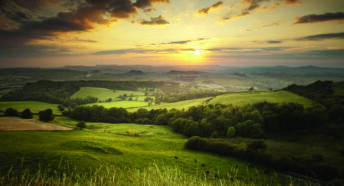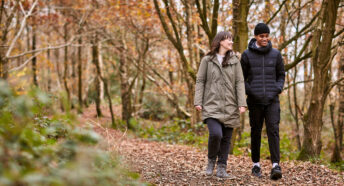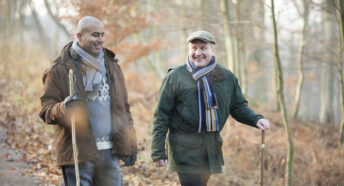A month in the countryside: connecting with nature in October
In her latest exclusive monthly column for CPRE, Susie White gives us her tips on what to look out for in nature – celebrating what makes the North Pennines so special, as well as the everyday beauty that can inspire us all.
October is a month for the senses. Trees begin to turn colour, their leaves rustle on the branches and tumble down on windy days. There are smells of wet and decay as plants start to die back, of fungi in the woods, of damp moss and ferns.
Fruits are ripe in hedgerows: crab apples, brambles and damsons, food for birds and foragers. I make a trip to a nearby village fruit and veg shop that specialises in many different varieties of UK grown apples. The scent of freshly picked apple skins reminds me of the orchard trees in the house where I grew up.
As wildlife rushes to feed up before winter, I have close encounters with garden birds and the butterflies feasting on the late flowers that cling on in my borders.
Five ways to connect with nature this October
1. Gather up the seeds of life
As a child I was fascinated by the conkers from our horse chestnut tree that germinated in the leaf mould bin. They’d split open and down would snake a chunky white root before sending up the first leaves of a potential new tree. It’s that potential which still thrills me, the way a seed holds the possibility of new life.
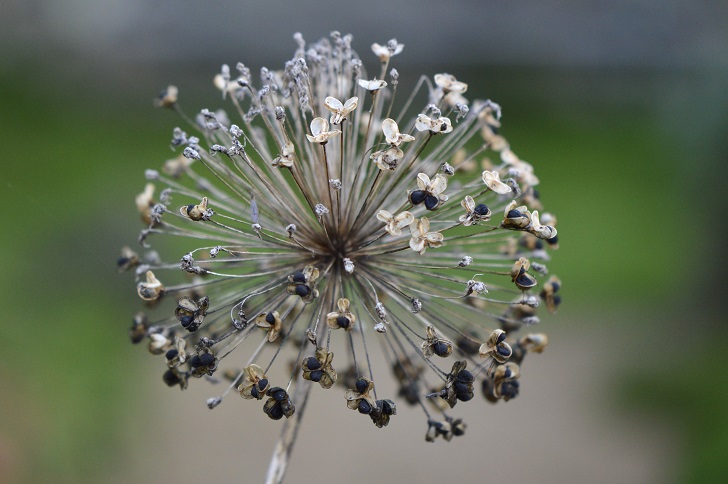
At this time of year I collect a range of seeds from my garden for storage in paper bags over winter before sowing them next spring. I delight in their variety of shape and size, of colour and texture.
Lining a wheelbarrow with newspaper, I shake tiny seeds from the brown pods of foxgloves or spiky oval seeds from sea hollies. I tip the hard black seeds of alliums and camassias into envelopes and collect neat round coriander seeds from the veg garden. It’s a hopeful feeling, this storing up of new life for next year.
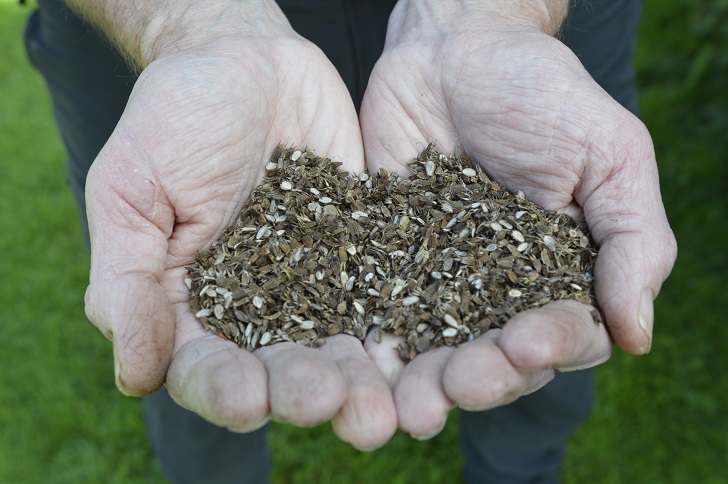
2. Sloe down and wait
Another childhood memory is of helping to pick the sloes that my parents would steep in gin and sugar, a seasonal drink to be kept til Christmas. In turn I taught my children about these mouth-puckering tart fruits of the blackthorn; it feels important to be passing on the stories and knowledge of plants.
This is a harvest to approach with care. Blackthorn bushes are like interlaced barbed wire, their stems covered in vicious spines that can cause serious infection. The round fruits are dark purple-blue with a pale bloom and are traditionally picked once the frost has softened them though putting them in the freezer can emulate this. The longer you leave the dark red liqueur the better the flavour … if you can wait.
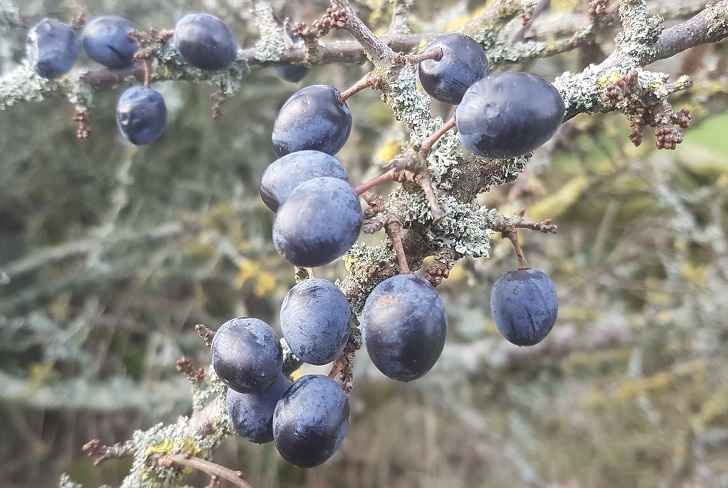
3. Marvel at fantastic fungi
The fields near my house are used for grazing and they appear to never having been chemically fertilised. These old grasslands, a mix of open land and wood pasture, provide the habitat for a range of fungi that are particularly colourful at this time of year – the waxcaps. They get their name from their shiny caps that make them look like they have been glazed.
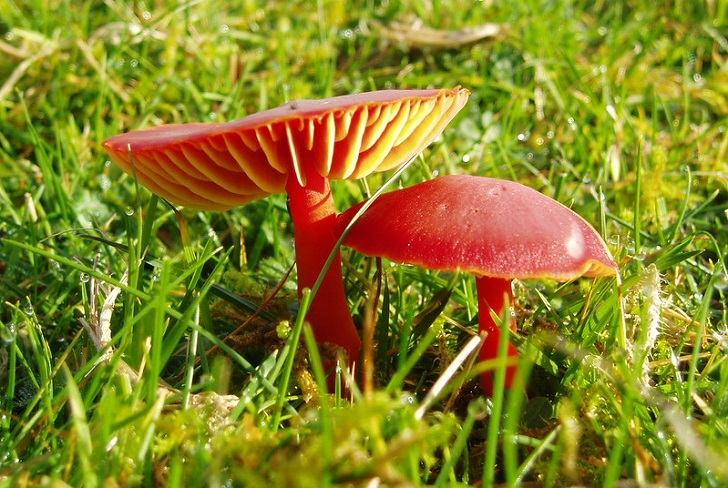
Waxcaps range from white and yellow to orange and red, their colours glowing amongst the fading green of the autumn fields. There’s a site further to the north of me in Northumberland National Park which is of international importance for its waxcaps. There, the grasslands of Hadrian’s Wall with their count of 32 species make it one of the best sites in western Europe for this habitat type.
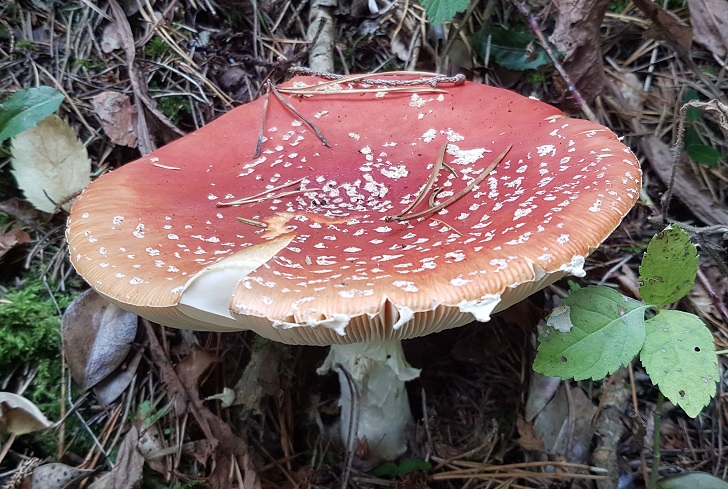
4. Befriend a robin
If I’m lucky, autumn work in the garden means being accompanied by a robin. As I unravel the vines of runner beans from their poles or take spent annuals to the compost bin I disturb tiny insects and birds take advantage of my activity. Some years it’s a particularly tame blackbird, sometimes it’s a robin that lights on the edge of my wheelbarrow or stands cockily on the handle of my spade.
With patience you can gradually gain the trust of a robin, sprinkling food a little nearer to you each day until that thrilling moment when you feel the flutter of wings on your fingers. Visit a park or a public garden, a place where birds are especially used to people and you may find a robin that will eat from your hand.
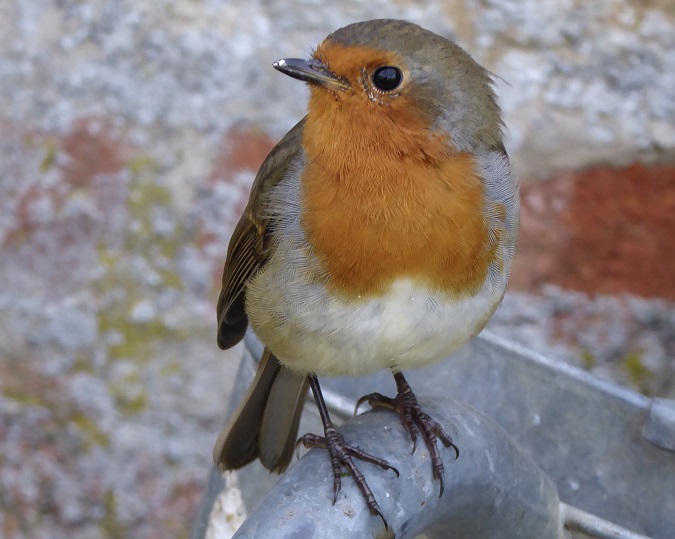
5. Lose yourself in leaves
One of the joys of autumn walks is seeing the changing colour of trees or kicking piles of fallen leaves into the air. Deciduous trees are transformed as their normal green loses its chlorophyll, and other pigments that were there all along become more obvious. Native rowans turn yellow and orange, English oaks turn yellow or red and hazel goes a soft shade of butter yellow.
Ornamental trees can be seen in parks with Japanese maples (acers) well known for their flaming autumn colours. And if you suddenly catch a drift of burnt sugar, the Katsura tree, Cercidiphyllum japonicum, has heart shaped leaves that not only turn gold but give off a delicious scent of caramel.
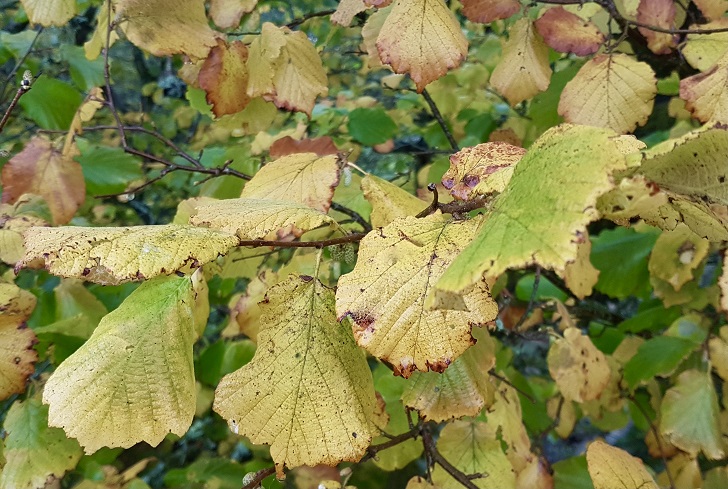
Susie White is a writer and naturalist who lives and gardens in a small valley in the North Pennines Area of Outstanding Natural Beauty. Its diverse mix of habitats and landscapes provides a rich variety of wildlife to observe and record – including through her regular Country Diary entries for The Guardian.
Read more of Susie’s observations and enjoy her great photos on twitter @cottagegardener and remember to look out for her next CPRE column in November.
